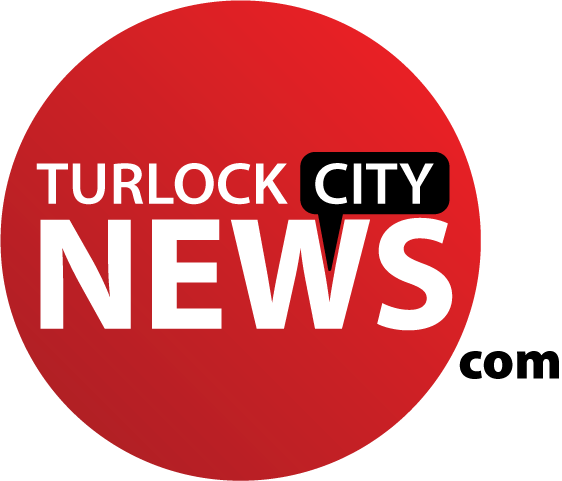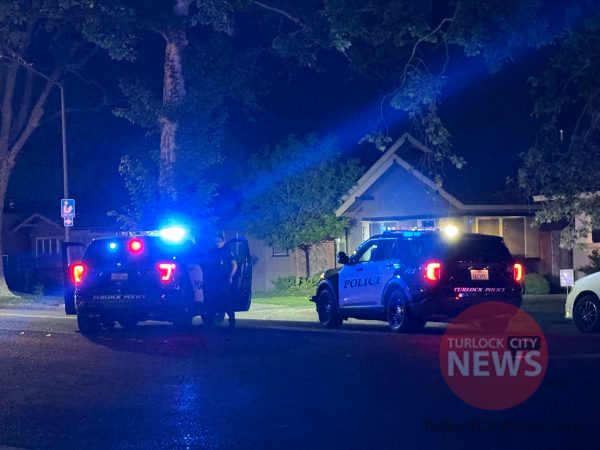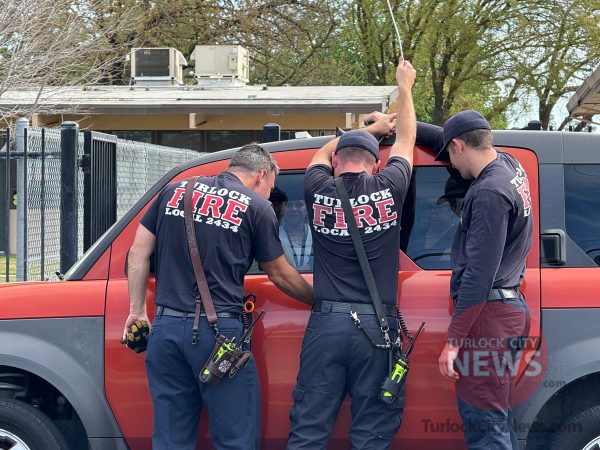Should Turlock’s future voting districts be as compact as possible, neighborhood-centric, or centered on Downtown Turlock?
Turlockers discussed that issue during a meeting at the Public Safety Facility Wednesday night, in anticipation of an upcoming vote to adopt district voting in future Turlock City Councilmember elections. A mayor would continue to be elected at-large.
“If we don’t go to districts, we’ll probably be sued,” Turlock City Manager Roy Wasden said. “And that will be very expensive.”
The potential switch to district-based voting from the current at-large system comes due to the threat of multi-million dollar litigation. As the city currently has a large Latino population but has not elected any Latino councilmembers, the city could be considered in violation of the 2002 California Voting Rights Act.
The City of Modesto spent $1.7 million to fight a California Voting Rights Act case which it ultimately lost, and was then forced to pay another $3 million in plaintiff’s attorney fees. Even lawsuits which are settled in a single day have ended in six figure settlements.
City consultant Doug Johnson, owner of National Demographics Corporation, prepared three potential maps for by-district elections. Each looks to balance populations between districts, ensure minority citizens are represented, and draw sensible districts which follow geographic features like railroad tracks or freeways.
“Basically, we want to keep neighborhoods together,” Johnson said,.
Map A looks to keep the districts as compact as possible, drawing four large squares whose boundaries are largely defined by population numbers.
“This is just pretty straightforward,” Johnson said. “Not looking at a lot of neighborhood dynamics or what’s going on the ground.”
Map B takes a landmark-centric approach, looking at more of those on-the-ground concerns. This approach would keep California State University, Stanislaus in the same district as neighboring student housing, for example, and would put all of Downtown Turlock in one district.
Map C is downtown-centric in nature, giving each of the four voting districts a share of Downtown Turlock. The thought is that, as the central district has a large impact on the entire community, each Turlock City Councilmember should have a stake in Downtown Turlock.
Those in attendance were split between plans A and C, with 23 votes cast for each. Plan B finished a distant third, with only 4 votes.
Milt Trieweiler, a Turlock native who has owned a local business for 38 years, said he prefers map C. He said it gives Downtown Turlock, the university, and Latinos the best representation
“It brings Turlock together, because the focus comes down on the downtown area,” Trieweiler said. “All districts have interest in the downtown area.”
Ann Strahm, a professor at CSU Stanislaus, said she was opposed to plan C for the exact same reasons that Trieweiler supported it. She believed that it would overinflate the importance of Downtown Turlock and its business groups, such as the Downtown Turlock Property Owners Association.
“I feel like that might get more in the way, as opposed to running as a representative of your district because you’re concerned with district issues,” she said.
Strahm said she preferred plan A, which she believed was the most equitable, equally divided, and least partisan.
Johnson noted that the votes served only as a straw poll, intended to gauge the community’s opinion. The vote is not binding in any way, and maps could yet change prior to a Turlock City Council vote.
Turlockers have one more chance to see the maps in person, at a 6 p.m. May 15 meeting to be held in the Pitman High School cafeteria, 2525 W. Christoffersen Pkwy. That meeting will cover the same topics as Wednesday’s meeting.
Those unable to attend the meeting may review maps and provide feedback online. Feedback forms are available on the City of Turlock’s homepage, http://www.turlock.ca.us/. All comments must be received by May 16.
The Turlock City Council is expected to select a map on May 27, and then confirm that decision on June 10. The move would come before voters on the November ballot.
Should voters approve the shift to district elections, the districts would take effect in 2016 and 2018, gradually replacing existing councilmembers’ seats as their terms end.
But if Turlockers vote down the proposal, costly litigation likely awaits, as lawyers can use the vote as “evidence” of racism.
“That vote then becomes evidence for potential plaintiffs,” Johnson said. “… It actually exposes the city to more litigation.”







